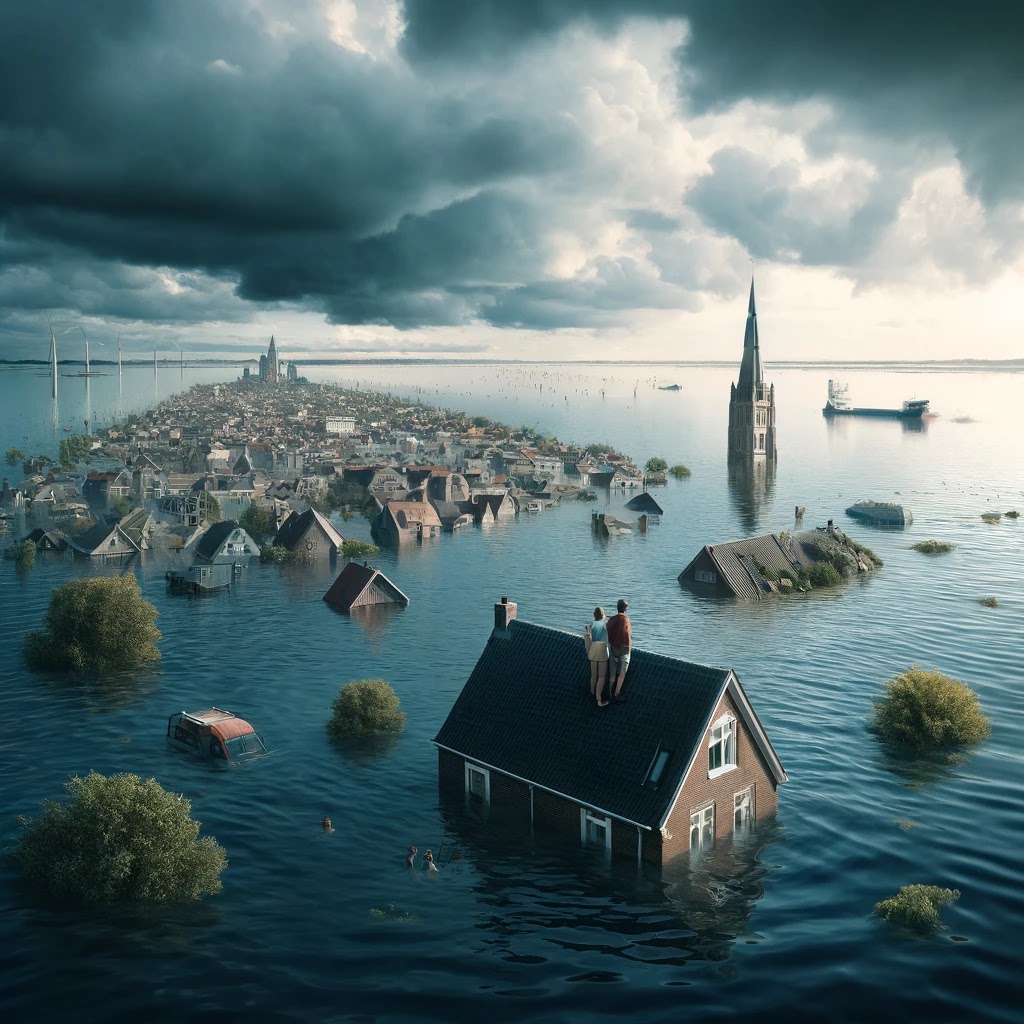
The phenomenon of sea level rise presents one of the most pressing challenges of our time, with far-reaching implications for ecosystems, human communities, and the global climate system. At its core, sea level rise is driven by two primary factors: the thermal expansion of seawater as it warms, and the addition of water to the ocean from the melting of ice sheets and glaciers. As the planet heats up due to increased concentrations of greenhouse gases in the atmosphere, these processes accelerate, leading to higher sea levels around the world.
The consequences of sea level rise are multifaceted and profound. Coastal areas, home to a significant portion of the world’s population, are particularly vulnerable. Rising seas threaten to erode shorelines, inundate wetlands, and submerge low-lying islands, leading to loss of habitat for wildlife, reduced agricultural land, and the displacement of human communities. The risk of storm surges increases with higher sea levels, exacerbating the impact of hurricanes and tropical storms, which can cause widespread destruction and loss of life.
Moreover, the saltwater intrusion into freshwater systems compromises drinking water supplies and agricultural irrigation, posing significant challenges to food security and public health. The economic costs associated with sea level rise are staggering, encompassing not only the direct damage to infrastructure and property but also the broader impacts on fisheries, tourism, and coastal economies.
Addressing sea level rise requires a concerted global effort to mitigate its causes and adapt to its effects. Mitigation involves reducing greenhouse gas emissions to slow the rate of global warming, thereby limiting further sea level rise. This includes transitioning to renewable energy sources, enhancing energy efficiency, and protecting and restoring natural carbon sinks such as forests and wetlands.
Adaptation strategies are equally critical, as some degree of sea level rise is inevitable given the warming already locked into the climate system. These strategies range from constructing sea walls and barriers to protect against storm surges, to implementing managed retreat policies that encourage the relocation of communities and infrastructure away from vulnerable coastal areas. Restoring natural buffers like mangroves and coral reefs can also help protect shorelines from erosion and reduce the impact of waves.
The challenge of sea level rise underscores the interconnectedness of human activities and natural systems, highlighting the need for sustainable management of the Earth’s resources. It calls for innovative solutions that integrate environmental, social, and economic considerations, ensuring that communities are resilient in the face of changing conditions.
As the world grapples with the reality of rising seas, the urgency of action becomes ever more apparent. The decisions made today will shape the vulnerability and resilience of ecosystems and human societies for generations to come. In confronting sea level rise, humanity has the opportunity to demonstrate its capacity for foresight, cooperation, and ingenuity, securing a sustainable future in the face of one of the greatest challenges of the Anthropocene era.